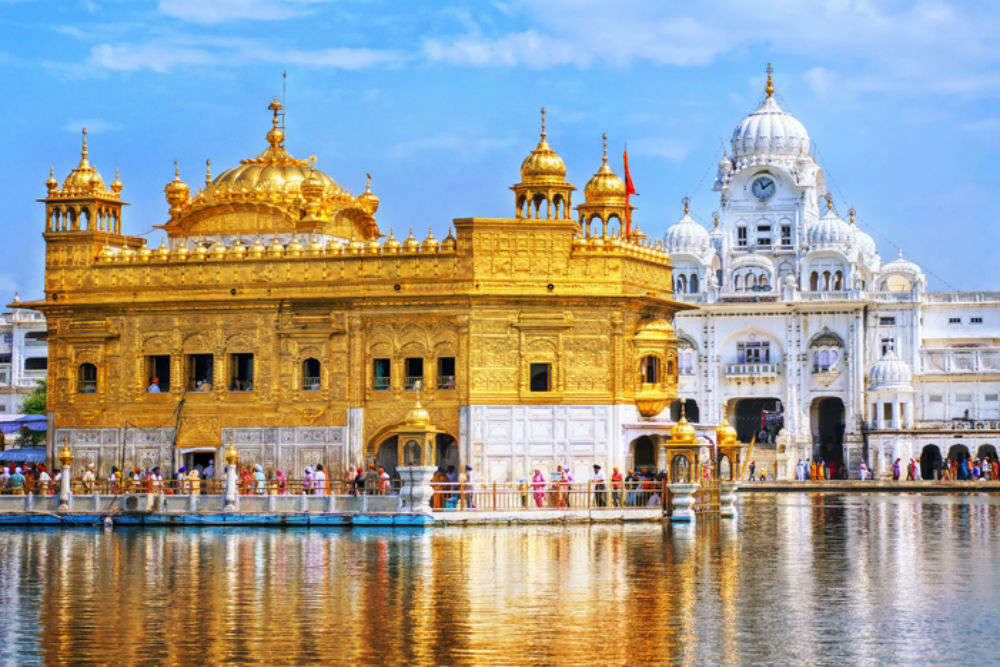What are Sikh takhts?



Takht is a Persian word which means royal throne. Presently Sikhs consider five places as Takht. There are three in Punjab - Akal Takht (Amritsar); Takht Kesgarh Sahib (Anandpur Sahib); Takht Damdama Sahib (Talwandi Sabo) - and the other two are Takht Patna Sahib (Bihar) and Takht Hazur Sahib (Nanded, Maharashtra).
The Akal Takht (Throne of the Akal Takht) is the oldest of the Takhts, and is considered the tallest of the five. It was founded in 1606 by Guru Hargobind, whose successor as the sixth Guru after the execution of his father, Guru Arjan, is considered a turning point in Sikh history. The Akal Takht, an elevated platform which he erected in front of the road leading to the Golden Temple, symbolizes the coming together of the Sikh community's temporal authority and political sovereignty. Spiritual authority (piri). This is seen as the first sign of Sikh nationalism. The Akal Takht today is a five-storey building; The first story has the status of Guru Granth Sahib. The other four thrones are associated with the tenth guru, Guru Gobind Singh. It was in Kesgarh Sahib that Guru Gobind Singh raised the Sikh warriors who started the Khalsa in 1699. Patna Sahib is his birth place, and he spent several months at Damdama Sahib and his last days at Hazur Sahib, where he was buried in 1708.
Damdama Sahib was the last and most recent to be recognized as a Takht by a resolution of the Shiromani Gurdwara Parbandhak Committee (SGPC) in November 1966, two months after the reorganization of the states. Little is known about when and why the other three thrones were established. Dr. Amarjit Singh, Head of the Department of Guru Nanak Studies at Guru Nanak Dev University, said, “Sikh thrones are mentioned in the literature of the 18th century.
Who built akalthatak?

Shri Guru Hargobind Singh had laid the foundation stone of Akal Takht Bhawan in 1605. This building is opposite Darshini Deori, which leads to the Golden Temple. Originally the Akal Takht was just 3.5 meters high from the ground.
What is the role of takhts?
Takht is known to issue periodical hukumanma on issues related to the community. The Akal Takht is supreme as it is the oldest and Sikh historians and scholars say that it was built by a Sikh Guru himself. Any order or order related to the whole community is issued from the Akal Takht itself. Furthermore, it is from the Akal Takht that Sikhs who violate Sikh doctrine and code of conduct are awarded religious punishment (proclaimed tankhaiya) and even excommunicated, depending on the degree of violation and the highest temporary Depends on failure to follow seat instructions.
Sikh Scholars say that the first Hukamnama was issued by Guru Hargobind from the Akal Takht. A seal believed to have been used by Guru Gobind Singh for his inscriptions is preserved at Damdama Sahib. Today, the Jathedars of the Akal Takht issue orders to the community, usually reciting them from the balcony of the Akal Takht building, after consultation with the heads of the other four Takhts.





0 Comments